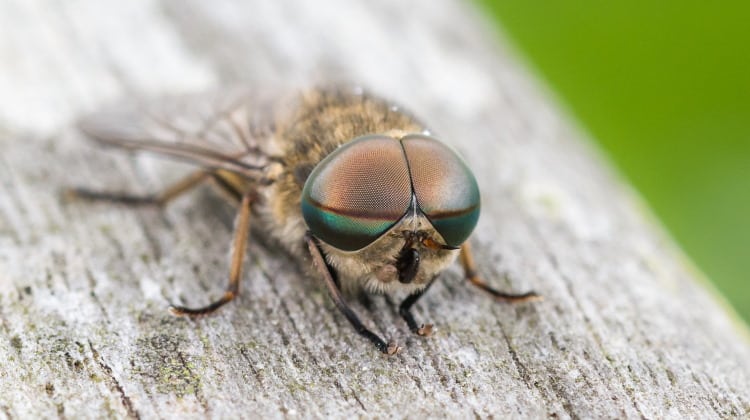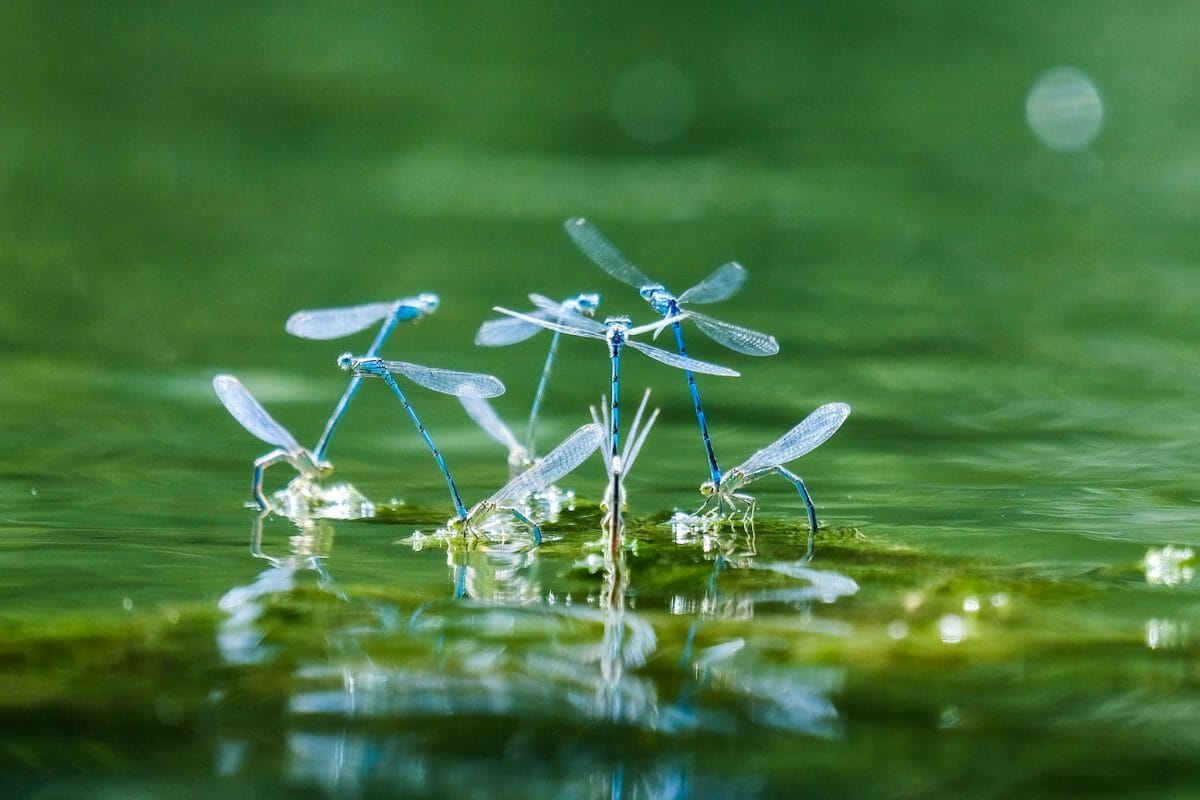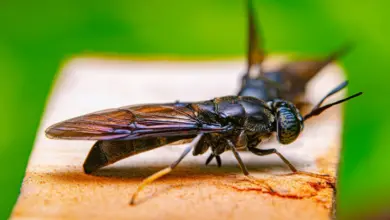Leafhoppers Canada and Alaska
Leafhoppers of Canada and Alaska (Homoptera: Cicadellidae)
Leafhoppers found in Canada and Alaska belong to the family Cicadellidae and subfamily Deltocephalinae within the insect order Homoptera. The leafhopper fauna of these regions is very diverse, with over 400 species from 9 different subfamilies identified so far.
The most widespread and species-rich subfamily is Deltocephalinae. Common subfamilies include Macropsinae, Coelidiinae, Typhlocybinae, Cicadellinae, and Idiocerinae. Species diversity declines at higher latitudes, with fewer leafhopper species in northern Canada and Alaska than in more southern ecozones.
Diversity and Classification
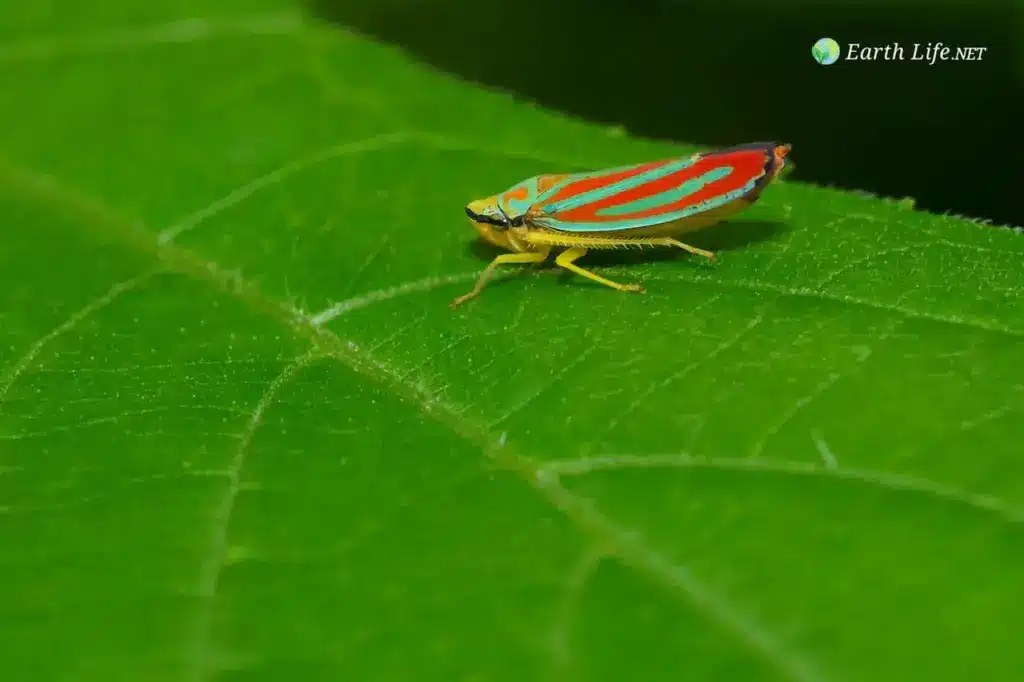
Leafhopper species are classified taxonomically based on features of the head, wings, leg bristles, and male genitalia. Accurate identification keys containing illustrations and diagrams of these anatomical characters are available in definitive publications on leafhoppers of Canada and Alaska, such as The Leafhoppers and Planthoppers of Canada and Alaska.
DNA barcoding using cytochrome oxidase I gene sequences has also aided species delimitation in recent years, especially for females and nymphs, which can be difficult to differentiate using morphological features alone.
Ecology and Habitat of Leafhoppers in Canada and Alaska
Leafhoppers occupy many habitats across Canada’s ecozones. Grasslands harbor the highest diversity, particularly the mixed and tall grass prairie regions of Manitoba, Saskatchewan, and Alberta. Diversity declines moving northward through the boreal plains and boreal cordillera ecozones.
The lowest diversity is found in the tundra cordillera of the far north. However, notable endemic radiations have evolved in genera inhabiting montane regions of the Rocky Mountains. Leafhopper tribes also differ between eastern and western Canada, indicating regional habitat specialization.
Alaska has fewer leafhopper species than Canada, but diverse species inhabit the state’s boreal forests, coastal regions, and tundra ecosystems. Leafhoppers survive the harsh winters by overwintering as eggs are inserted into plant stems and leaves. Species present have specific adaptations to enable them to thrive in Alaska’s subarctic climate.
Morphological adaptations include the development of wing polymorphisms to enhance heat absorption. Physiological adaptations improving cold tolerance include the production of glycerol cryoprotectants and antifreeze proteins.
Behavioral adaptations include sun-basking to elevate body temperature and selecting optimal overwintering microhabitats. Together, these adaptations allow leafhoppers to survive the extreme winters and complete their life cycles successfully in Canada and Alaska.
Leafhopper Life Cycle and Behavior
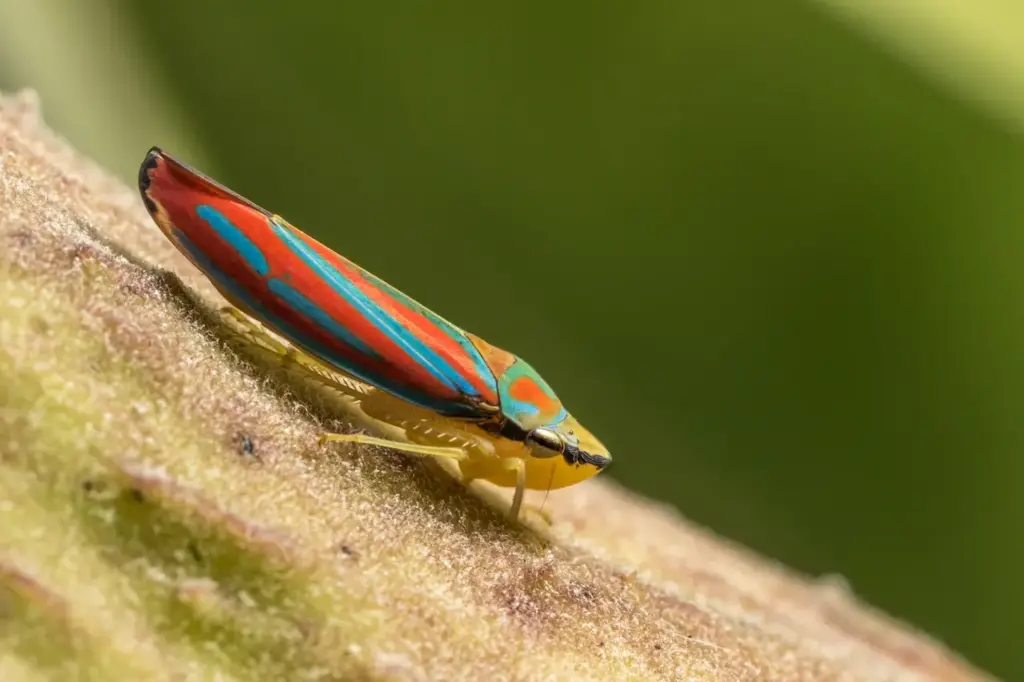
The leafhopper life cycle consists of three stages – egg, nymph, and adult. Females insert eggs into plant tissue in the fall. The eggs overwinter and hatch into nymphs in spring.
Nymphs, resembling small wingless adults, feed and molt several times over 4-6 weeks before maturing into adults. Adults appear in summer and feed on plant sap until late fall when mating occurs.
Leafhoppers have piercing-sucking mouthparts used to feed on plant sap (phloem) from various host plants. Common hosts are grasses, trees, legumes, vegetables, and other herbaceous plants.
Both nymphs and adults feed this way, removing water and nutrients from the plant vascular system. Different leafhopper species have preferences for certain host plants.
Most leafhopper species in Canada and Alaska have one generation per year, but some can produce multiple generations during the short growing season. Photoperiod, temperature, and host plant availability influence reproductive cycles.
Males attract mates via substrate vibration signals, and mating often involves elaborate courtship rituals. Females then deposit eggs in stems or leaves to overwinter.
Distribution of Leafhoppers in Canada and Alaska
Leafhoppers have a transcontinental distribution across Canada into Alaska, but individual species have more restricted ranges determined by habitat, climate, and other ecological factors.
Northern species generally have broader ranges extending through the boreal zone, while southern grassland/forest species have limited Canadian distributions. Endemic species are confined to small regions like mountain ranges.
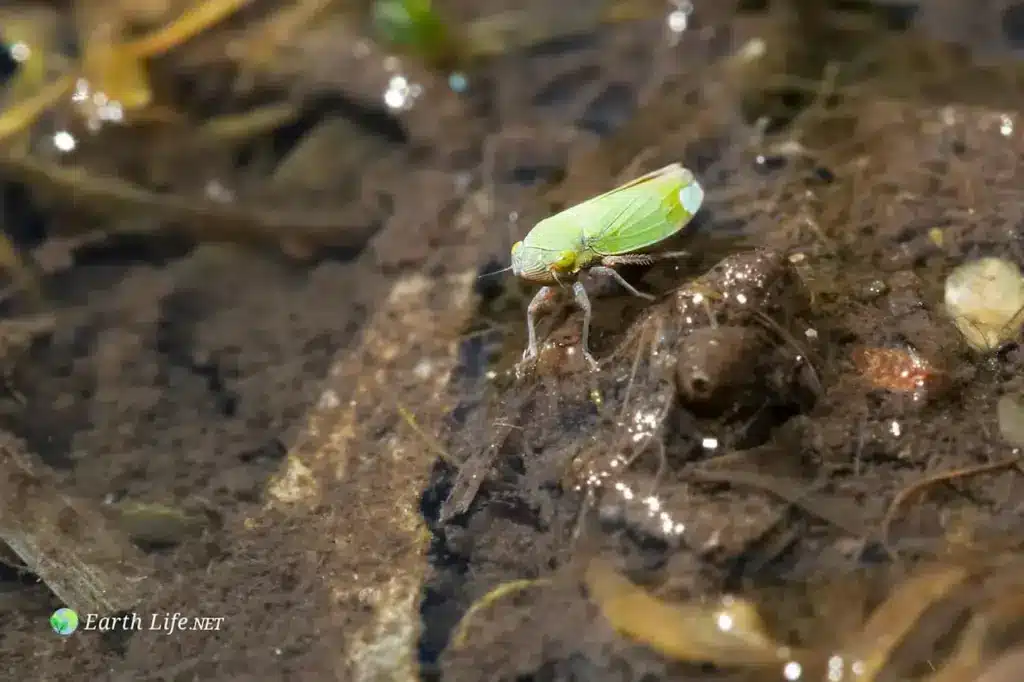
Climatic factors like temperature, precipitation, and length of growing season influence where leafhoppers occur.
Habitat preferences also affect distributions, with species limited to ecozones where their host plants grow. geography, such as mountains and oceans, also shape species ranges. Leafhopper biogeography reflects an interplay between these ecological and geographic variables.
Notable endemic radiations of leafhoppers are found in the Rocky Mountains, likely driven by Pleistocene glaciation cycles. This region also has high leafhopper diversity, representing a hotspot for Canada. Fewer endemics occur in Alaska, but certain genera show local speciation on remote islands and mountain ranges. More surveys are needed to fully document patterns of leafhopper endemism in northern regions.
Importance of Leafhoppers in Ecosystems
As herbivores, leafhoppers provide an important energy source to higher tropic levels, serving as prey for insects, spiders, amphibians, reptiles, birds, and small mammals. Some species transmit important plant pathogens.
Leafhopper feeding and disease transmission can significantly impact floral communities. Their key position in food webs makes leafhoppers important contributors to ecosystem functioning.
Through feeding activities, some leafhoppers damage crops and commercial tree plantations. Other vector pathogens result in plant diseases that can alter natural plant communities.
However, most leafhopper species cause minimal economic impact and instead help cycle nutrients in natural habitats. Overall effects on flora likely depend on leafhopper population sizes.
Leafhopper species diversity, abundance, and distributions may have the potential to serve as indicators of habitat quality, pollution levels, and climate change impacts.
Their known responses to environmental stressors and ecological associations could produce useful bioindicator data to guide conservation in Canada and Alaska.
Challenges and Threats to Leafhoppers in Canada and Alaska
Rising temperatures could desynchronize leafhopper life cycles triggered by growing degree days and photoperiods. Climate-related changes to plant communities may limit the availability of host plants. Habitat loss from human land use also threatens endemic species with restricted ranges. These factors may reduce leafhopper biodiversity over time.
While pesticides control problematic leafhopper species, non-target effects could impact leafhopper diversity and food web dynamics. Intensive agricultural practices like monocropping similarly reduce biodiversity relative to natural habitats. Chemical and land use changes should be monitored for ecosystem-level impacts.
Introduced leafhopper species can outcompete native species for resources and habitat. Increasing global trade and climate warming may exacerbate this threat. Monitoring and management of invasive leafhoppers will be important to mitigate biodiversity declines.
Conservation Efforts and Research Initiatives
Protecting grasslands, forests, and wetland habitats from development will help conserve native leafhopper biodiversity. Some species at risk may need protected areas or reintroduction programs. Integrated pest management should minimize pesticide impacts. Public education can build support for protecting leafhoppers’ importance to ecosystems.
Many research needs remain regarding taxonomy, life histories, host plant relationships, and phylogeography of Canadian/Alaskan leafhoppers. Museum collections and field sampling can expand species inventories. Genomic analysis can elucidate evolutionary relationships. Radio-tracking and mark-recapture studies can reveal dispersal abilities and habitat needs.
Partnerships to document traditional ecological knowledge and co-manage lands would aid leafhopper conservation. Indigenous-led monitoring and land management initiatives could be supported. Agreements to facilitate access to First Nations lands for researchers should be pursued to foster collaborative projects.
Conclusion
Leafhoppers of the families Cicadellidae and Deltocephalinae comprise a significant part of the insect biodiversity of Canada and Alaska. Over 400 species from 9 subfamilies inhabit many habitats and ecozones, with diversity declining at higher latitudes.
Although some species are crop pests, most leafhoppers play beneficial ecological roles. Their geographic distributions, life histories, and relationships with host plants and other organisms are important areas for continued research.
Basic knowledge of leafhopper diversity and biology will inform conservation strategies and agricultural management practices in Canada and Alaska.

